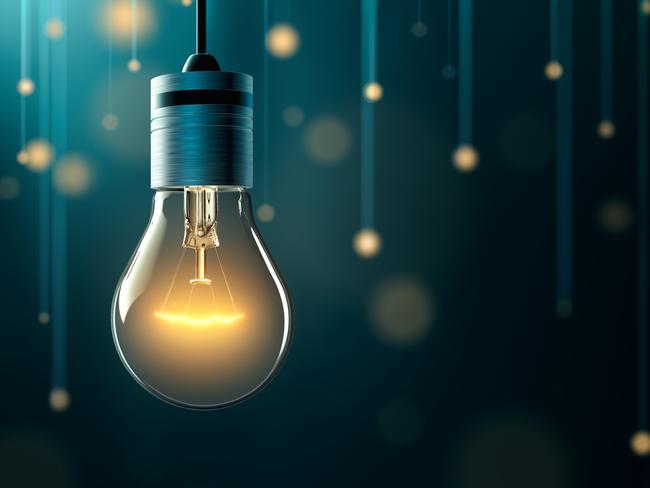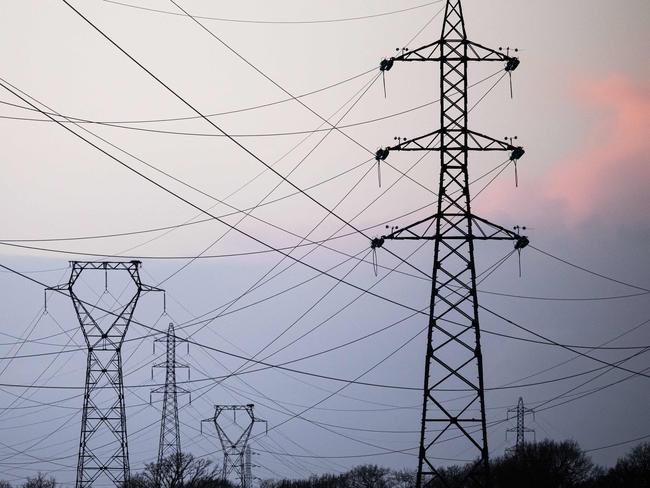What Essential Services Commission power price changes mean for Victorian households
Victorians are set to get some power bill relief from July. Here’s everything you need to know about the regulated offer and what it means for your hip pocket.
Victoria
Don't miss out on the headlines from Victoria. Followed categories will be added to My News.
Victorian households and businesses have been struggling with high electricity prices since last year, when the state regulator approved an average hike of 25 per cent – or $352. This year will bring some minor relief, with the Victorian Default Offer dropping by about 6 per cent. But what is the regulated offer, and what does it mean for our bills over the next year?
What is the Victorian Default Offer?
A “no frills” basic contract for households that do not wish to shop around for competitive deals. It is regulated by the Essential Services Commission and while it is not the cheapest offer available, it is aimed at providing a fair price.
What has the Essential Services Commission decided?
The ESC has released a final decision about the price of electricity for consumers on that offer, for the following year. From July 1, the price of average annual household bills are set to be 6 – or about $100 – lower than today’s rates. Given that last year’s price hike was a whopping 25 per cent or $352, households are still facing much higher prices than in 2022-23.

What about small business costs?
Small business customers face a 7 per cent fall in prices (about $260). Last year, they were hit with a 24.7 per cent hike, which pushed up average annual bills from $3039 to $3791.
What is driving the change in energy prices?
Last year there were huge spikes in wholesale electricity prices, which were blamed on market volatility in 2022 when global instability and local generator breakdowns caused havoc. Wholesale prices have reduced but the cost of maintaining poles and wires, and retail costs, have increased, meaning the price reductions are marginal.
How many people are on the VDO?
About 340,000 households and 58,000 small businesses are on standing offers. This represents about 15 per cent of households and 19 per cent of small businesses.

How do Victoria’s price changes compare to other states?
Victoria has a different regulated offer to the one in Queensland, South Australia and NSW, where most households will see a slight reduction in prices. However, those customers were also subject to large hikes of up to 24 per cent the previous year.
Does this mean other competitive deals in the market will change?
Yes — the VDO is a yardstick for how much competitive market contracts will shift up or down. Energy experts say it is an important time to shop around given energy giants are facing lower costs and should be able to pass on some savings to consumers.
Will there be more government support payments for consumers?
State and federal budgets have been handed down, with the federal government revealing a $300 rebate for every household across the country. Last year, the State Government ran a power bonus scheme that paid households $250 to use an energy price comparison website to try to find a better deal, while the Commonwealth increased payments for concession card holders. At this stage there is no new state power bonus scheme planned.


